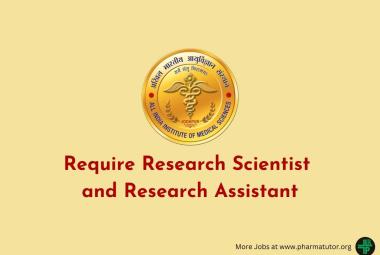Scientists identified a gene by whose mutation is linked to the development of an aggressive form of brain cancer. An error in a gene called TCF12 is associated with more aggressive forms of a disease called anaplastic oligodendroglioma. The TCF 12 is the genetic code for a protein that binds to DNA and controls the activity of other genes. The study published in the journal Nature Communications.








